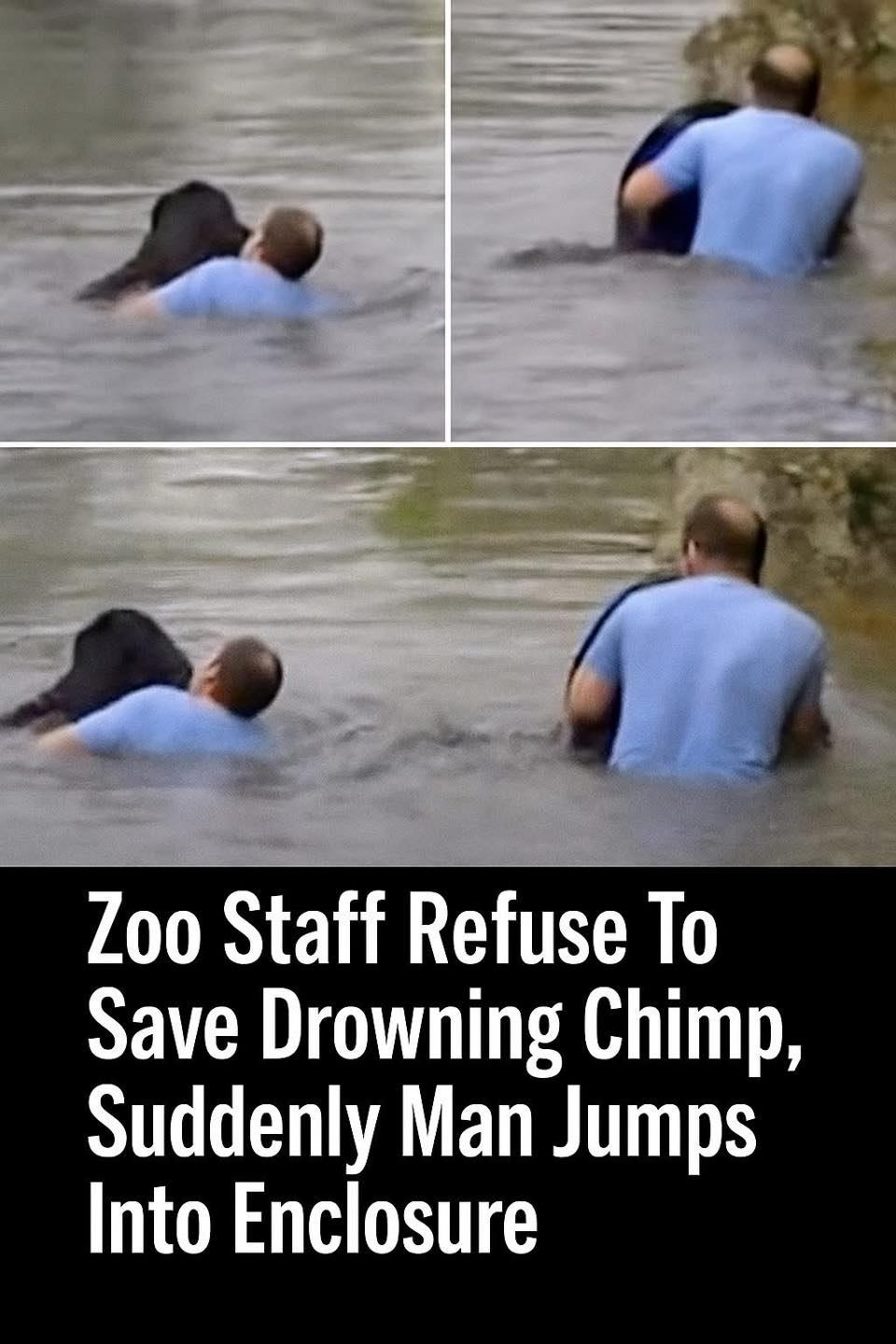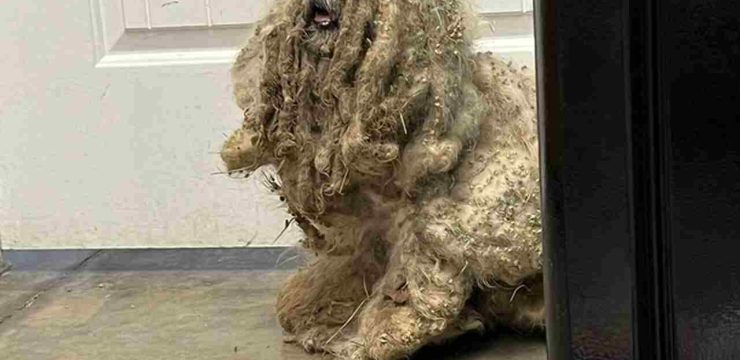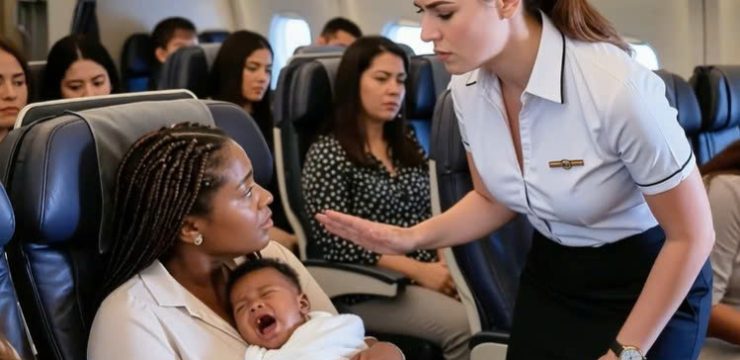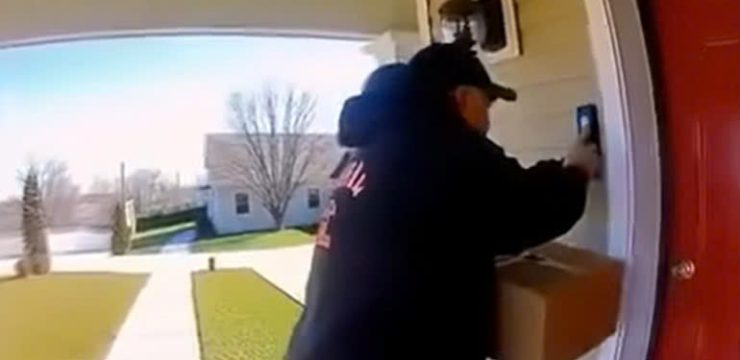In 1990, a dramatic and unforgettable rescue unfolded at the Detroit Zoo when a chimpanzee named Jo-Jo found himself in a life-threatening situation. Jo-Jo had been chased by a more dominant chimpanzee and, in an attempt to escape, leapt over a barrier meant to keep him away from a man-made moat.

Unfortunately, the jump landed him directly into the water. Chimpanzees are not natural swimmers, and Jo-Jo quickly began to struggle, thrashing desperately to keep his head above the surface. The scene shocked the roughly ten bystanders who happened to be nearby, each watching helplessly as the distressed animal fought for his life. Among them was 33-year-old truck driver Rick Swope, visiting the zoo with his wife and three children. Rick immediately noticed the panic and fear in Jo-Jo’s eyes. In that moment, he felt a surge of urgency that overpowered any concern for his own safety.
Without pausing to weigh the risks or consider the zoo’s warning signs, he made a split-second decision: he was going in after the chimp. It’s worth noting that adult chimpanzees can be up to five times stronger than humans, and Jo-Jo was not alone in the enclosure—other chimps, potentially protective or aggressive, were within reach. Entering that habitat was dangerous on multiple levels. Still, Rick didn’t hesitate. He climbed into the moat, fully aware that his family—and the other onlookers—were watching in stunned disbelief.
The water was deep, murky, and intimidating, but his focus never wavered from Jo-Jo, who was growing weaker with every passing second. Rick reached the struggling chimp and grabbed hold of his body, attempting to guide him toward the edge. The task proved more difficult than he expected; Jo-Jo was heavy, weighing roughly 200 pounds (about 90 kilograms), and his flailing made it hard to maintain a secure grip. At one point, Rick lost hold of him entirely, and Jo-Jo slipped beneath the surface, vanishing in the cloudy water. The crowd gasped, fearing it was too late.
But Rick refused to give up. He dove down again, determined to find and save the animal. Moments later, he resurfaced, hauling Jo-Jo up with every ounce of strength he had left. With great effort, Rick managed to get him to the edge of the moat and push him onto the solid ground of the enclosure. Jo-Jo, exhausted and disoriented, lay there breathing heavily, but he was alive. Rick quickly climbed out as well, mindful of the potential danger from the other chimpanzees nearby. Though the rescue left him drained and soaked, Rick was relieved to see Jo-Jo out of the water and safe from immediate harm.
In interviews afterward, Rick recounted the moment that had driven him to act. “He was looking at me,” Rick told the Chicago Tribune. “I think he knew what was going on.” His words captured the deep and unspoken connection that had passed between man and animal in those critical seconds. Rick’s act was not just a display of bravery—it was also a reminder of compassion that transcends species, a willingness to risk oneself for another being in need. While animal rights advocates continue to argue that wild creatures like chimpanzees should live freely in their natural habitats rather than in captivity, Jo-Jo’s story stands out as an example of courage in the face of danger and the human instinct to protect life when it is in peril.
Many believe that no matter how well-designed or spacious a zoo enclosure might be, it can never fully replicate the freedom and richness of life in the wild. Yet in this case, within the confines of a zoo, a rare and remarkable moment occurred—one where an ordinary visitor became an extraordinary hero. Rick’s spontaneous decision and unwavering determination ensured that Jo-Jo would live to see another day, and that memory has continued to inspire those who hear it, underscoring the profound truth that sometimes the most heroic acts come from the least expected places.





